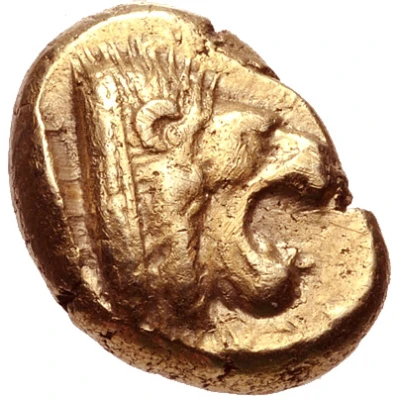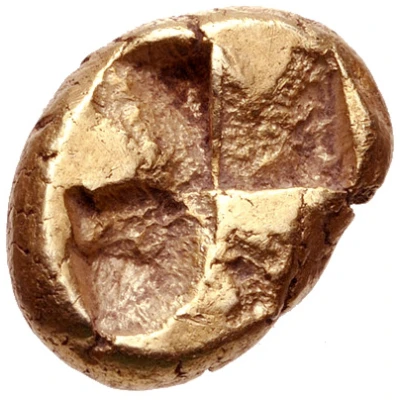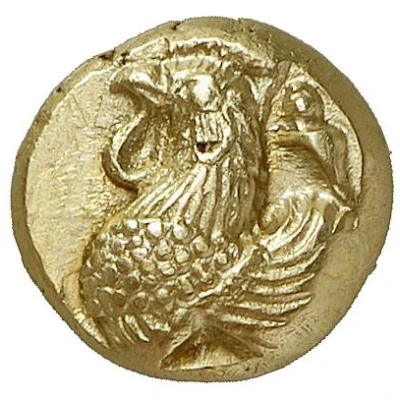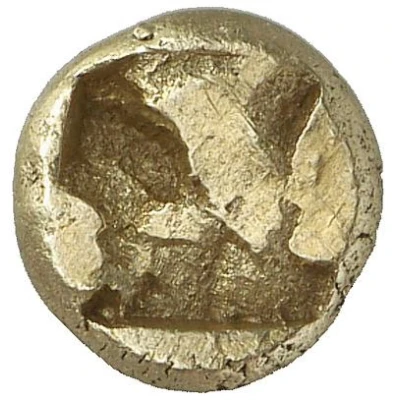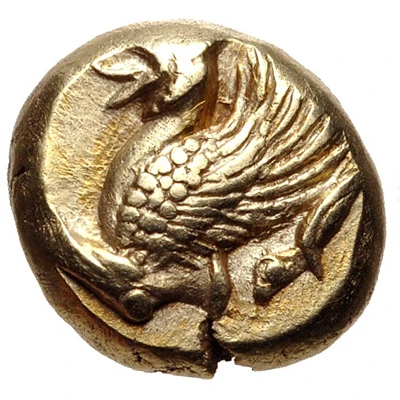
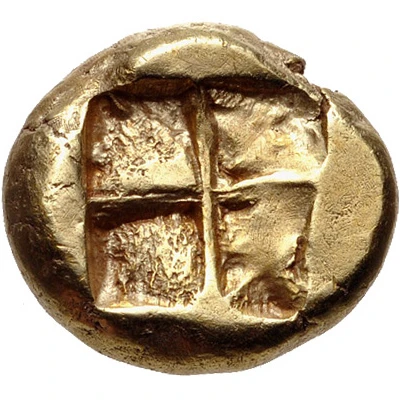

© Classical Numismatic Group, Inc.
Hekte 521 BC - 478 BC
| Electrum | 2.55 g | 11.0 mm |
| Issuer | Phokaia (Ionia) |
|---|---|
| Type | Standard circulation coin |
| Years | 521 BC - 478 BC |
| Value | Hekte (10⁄3) |
| Currency | Drachm |
| Composition | Electrum |
| Weight | 2.55 g |
| Diameter | 11.0 mm |
| Shape | Round (irregular) |
| Technique | Hammered, Incuse |
| Demonetized | Yes |
| Updated | 2024-10-10 |
| Numista | N#147927 |
|---|---|
| Rarity index | 100% |
Reverse
Quadripartite incuse square
Interesting fact
The Hekte coin was used as a form of currency in ancient Ionia, specifically in the city of Phokaia, during the 6th century BC. It was made of electrum, a naturally occurring alloy of gold and silver, and weighed around 2.55 grams. Despite its small size, the Hekte coin played a significant role in the economy of the time, as it was widely used for trade and commerce. Its design featured an image of a lion's head on one side and an inscription on the other, which helped to identify its value and authenticity. Today, the Hekte coin is considered a rare and valuable collector's item, offering a glimpse into the monetary systems of ancient civilizations.
